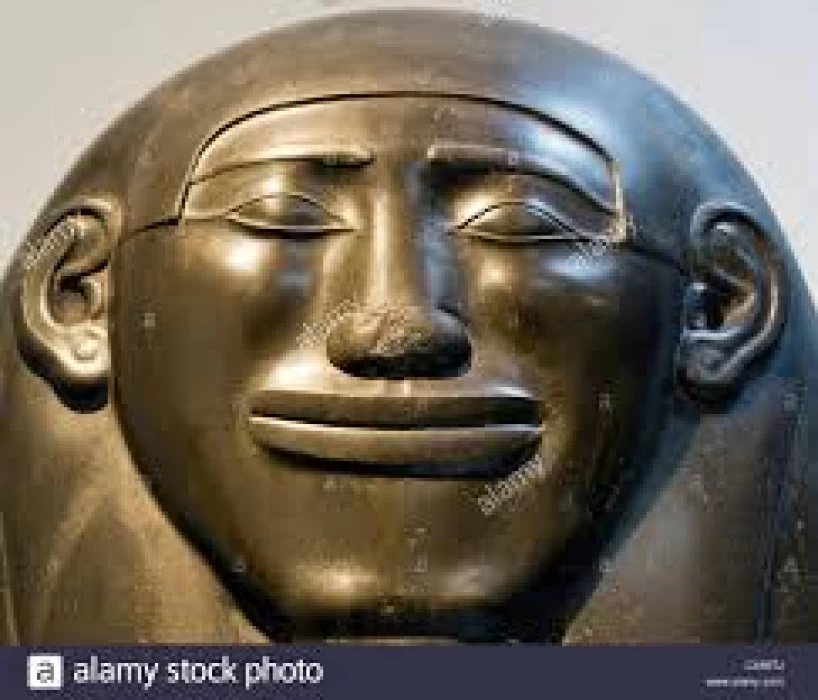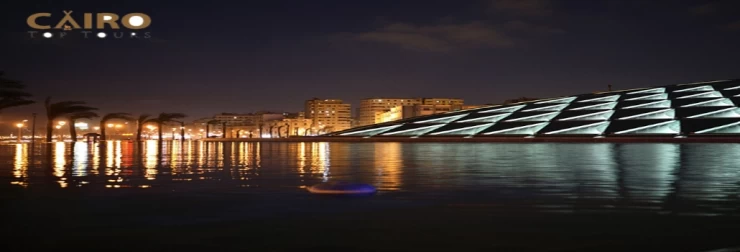
The 27th Dynasty in Ancient Egypt
Details About Ancient Egypt's 27th Dynasty
A line of monarchs from the same family succeeded one another to the Egyptian throne via inheritance, forming the 27th Dynasty of ancient Egypt. The Post Empire era known as the Late Period in ancient Egyptian history was ruled by the Kings of Egypt and the pharaohs of the 26th Dynasty. The First Persian Period is another name for this time period. The 31st Dynasty was the Second Persian Period.
King Cambyses of Persia seized the Egyptian throne when the Egyptians were subjugated and King Psamtik III, the last of the 26th dynasty of Sais rulers, was vanquished. During the First Persian Period, the 27th line of Persian rulers ruled. With thousands of brutal executions and crimes ordered during the conquest of Egypt, the ferocious Cambyses was seen by the ancient Egyptians as a criminal insane.
After his victory in Egypt, Cambyses tried to conquer Nubia (Kush), but he was unable to get across the desert and had to go back to Egypt. Cambyses attempted to assault Carthage as well, but his allies the Phoenicians declined to battle their own province. Meanwhile, political turmoil was occurring in Persia. A court eunuch perpetrated a scheme that resulted in the murder of several of the ruling class of Persia along with their families. Cambyses made his way back to Persia but passed away en route.
Following Cambyses, King Darius I instituted new laws and standardized money, weights, and measurements throughout Egypt. Twenty provinces made up the Persian empire, and each was headed by a Persian satrap and a commander-in-chief. In the old Persian empire, a provincial governor was called a satrap. In Egypt, Persians were not required to pay taxes. For everyone else, taxes were tightly controlled and implemented. Darius waged war on the Greeks using the taxes.
A insurrection led by Amyrtaeus, a prince of Sais and the grandson of King Psamtik III, was sparked by the death of King Darius II. After the uprising was successful, Egypt regained its independence. The 28th Dynasty would only have one king, Amyrtaeus.















